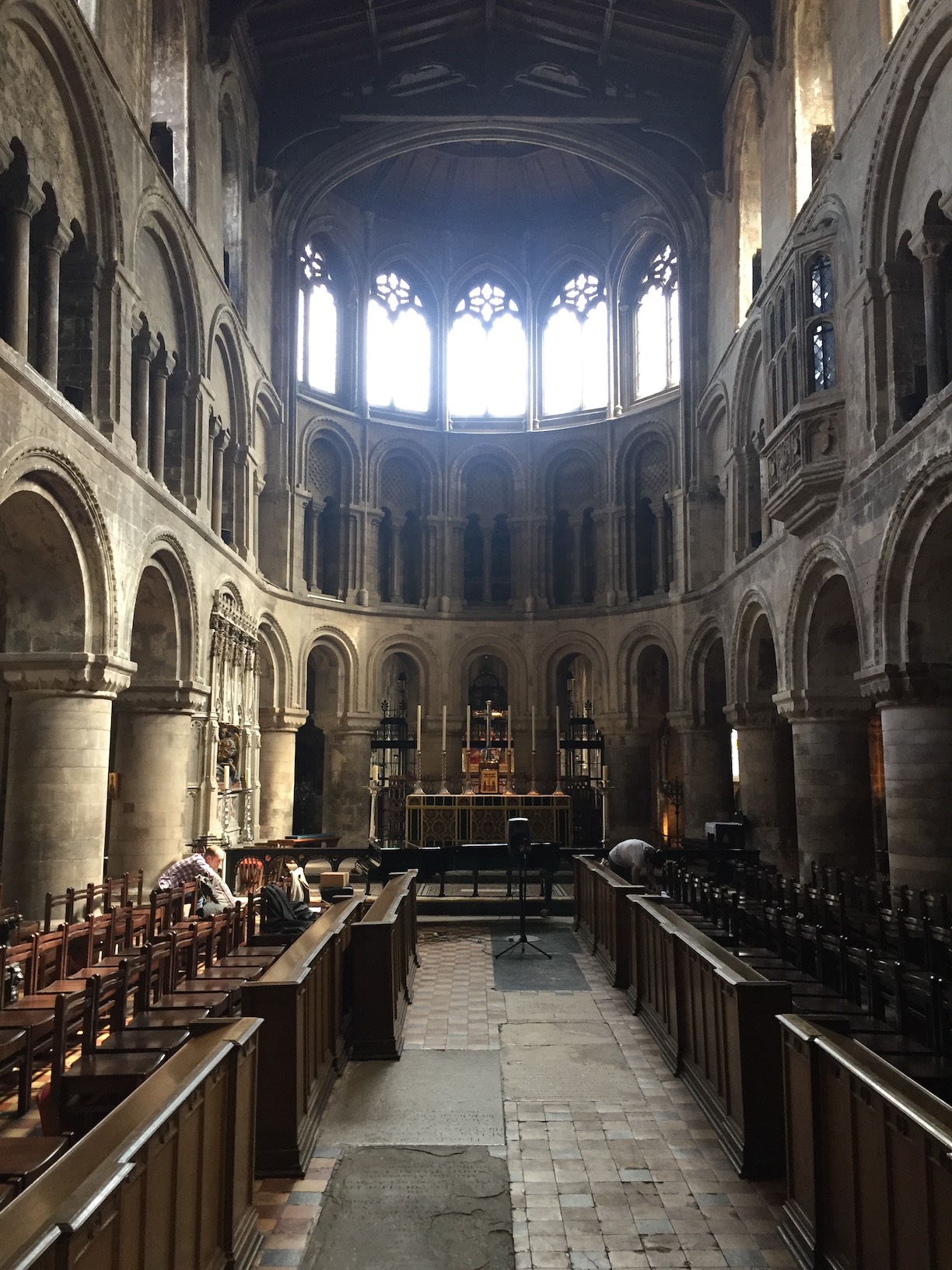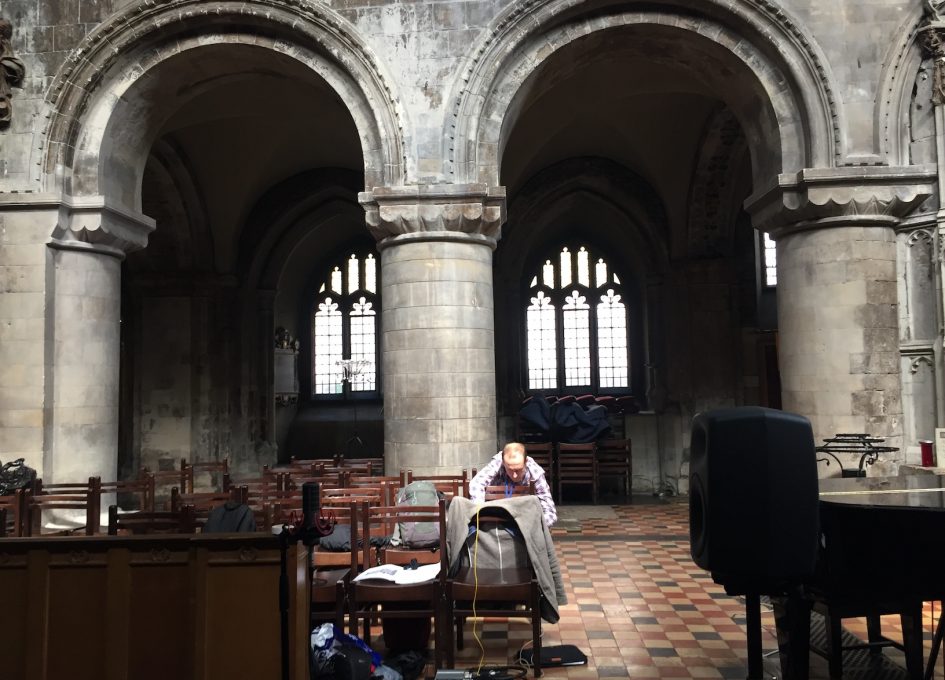Arthur of ALN Acoustic Design is collaborating with James Weaver, a PhD student at Queen Mary University who is working on a thesis on the effects of different acoustic environments on the performance of music.
In his experiment, musicians will be asked to play in a specialized test facility in which their notes are digitally processed in real-time and fed back to them to give the experience of playing in various actual concert halls, churches, theatres etc. James will study how these different acoustic environments affect things such as tempo, dynamics, phrasing etc. There will be a particular focus on ensemble performances.
In order for the sonic environment of a space to be simulated, the particular way it responds to sound must first be measured and recorded. The unique pattern of reverberation, echoes and resonances that form the acoustics of every space is known as its ‘impulse response’. During the initial part of the project, Arthur is assisting James in measuring the impulse response of various performance venues in and around London.
In June they carried out the first of these measurements at St Bartholomew-the-Great, a stunning 12th century church in Smithfield. The visit was timed to coincide with a lunchtime piano concert by James’ supervisor, Professor Elaine Chew, so that the acoustics could be measured with an audience present. For practical reasons, these measurements are often carried out in empty spaces – however, it is well known that the presence of an audience can have a significant acoustic effect, so this concert provided a great opportunity to enhance the realism of the simulations.

The measurement of an impulse response involves generating an acoustic test signal using a loudspeaker and measuring the resulting sound, including all of the echoes and reverberation etc. that the space adds. In order to capture all of the directional properties of the sound in the space (essential for realistic simulations), the measurement was made using a specialist ‘soundfield’ microphone which can detect the direction from which any sound it picks up is coming from.
After the forthcoming ‘excitation’ was announced, the church was filled by long and loud tone, rapidly rising in pitch. “Like a sound effect from a 1950s science fiction B-movie” someone later observed. The audience remained perfectly quiet while the testing was conducted at the end of the concert, helping to achieve a set of high-quality impulse response measurements.
In the next stage of the project, the measurements will be used to process live performances in the Queen Mary University audio facility. The ‘auralized’ version of the sound will be fed back through the array of 24 speakers to give musicians a credible sonic experience of being and performing in these spaces.


